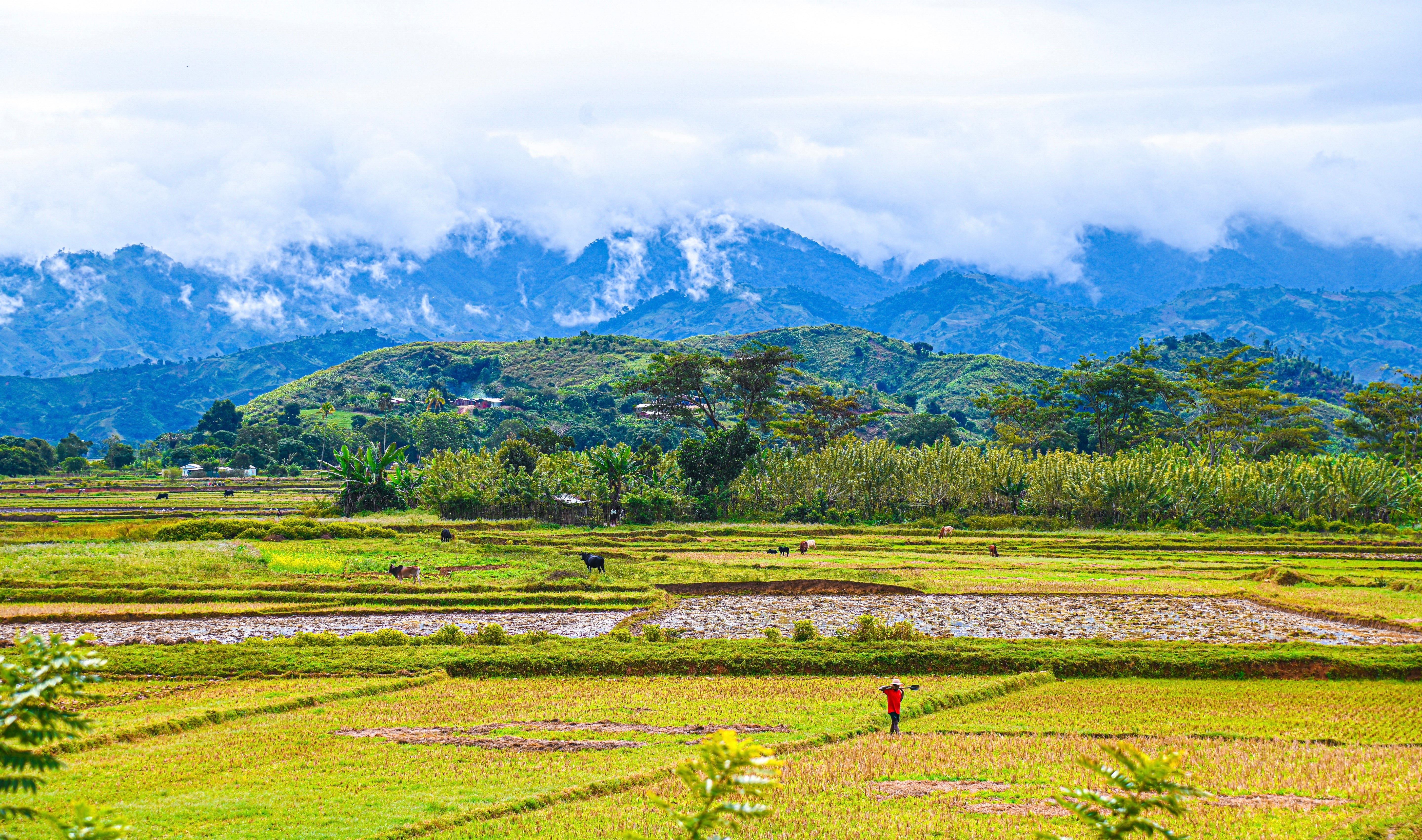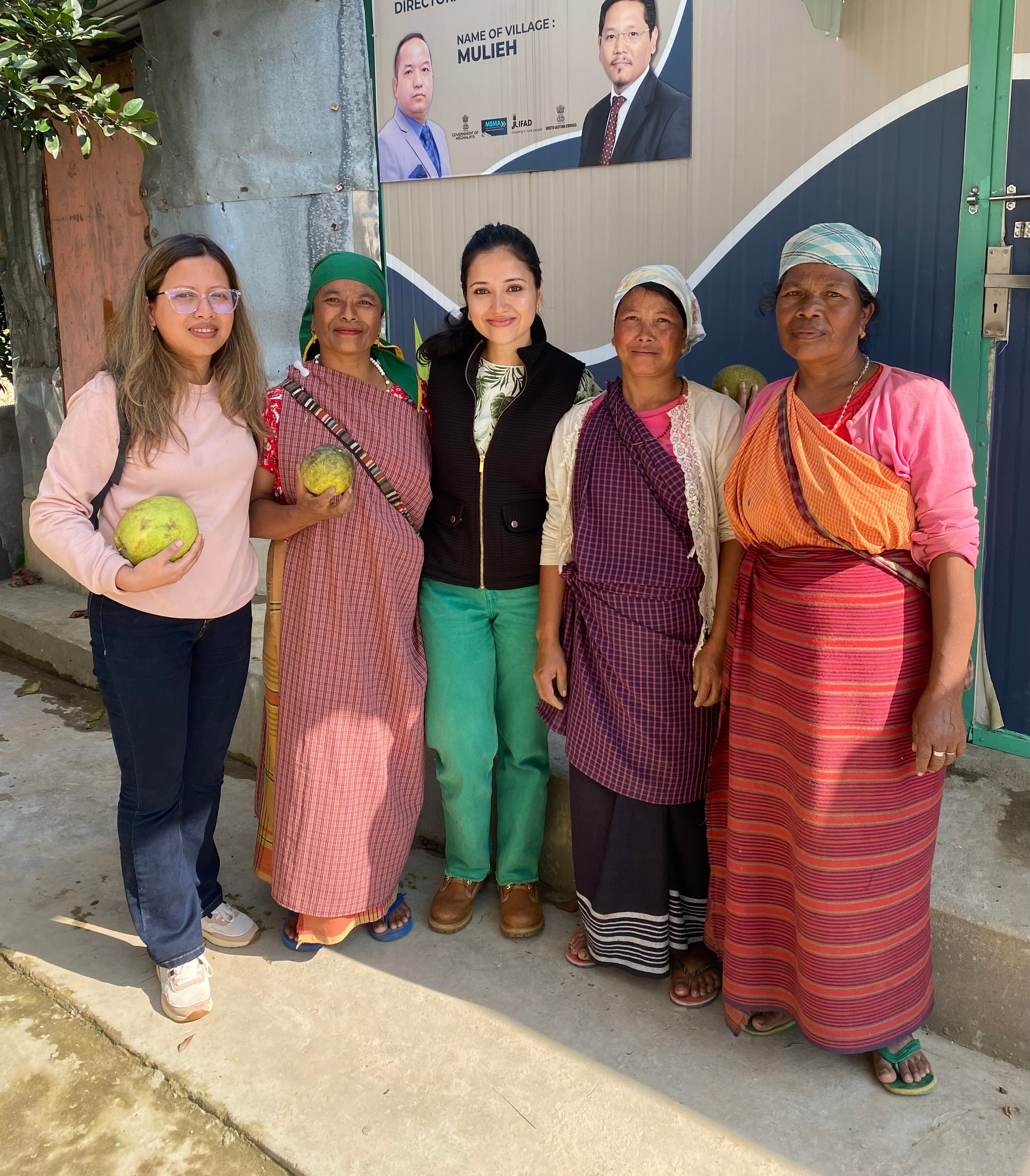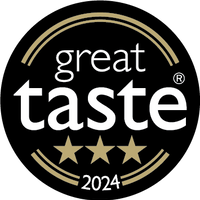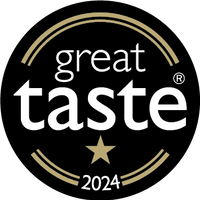
We bring you the finest & freshly harvested spices grown in living soils, free of chemicals, in farms that hum with birdsong and biodiversity. Our spices are from single-estates and bursting with flavour unique to the region's micro-climate. We work with some of the finest family-owned farms across Madagascar, India, Sri Lanka, and Ghana. These are multi-generational growers - driven by passion, guided by ancestral knowledge, and deeply committed to soil health and ecological balance. Together we're building a direct, transparent relationship grounded in trust. We offer upfront payments and pay well above market prices to ensure our farm partners can grow regeneratively and sustainably, without compromise.

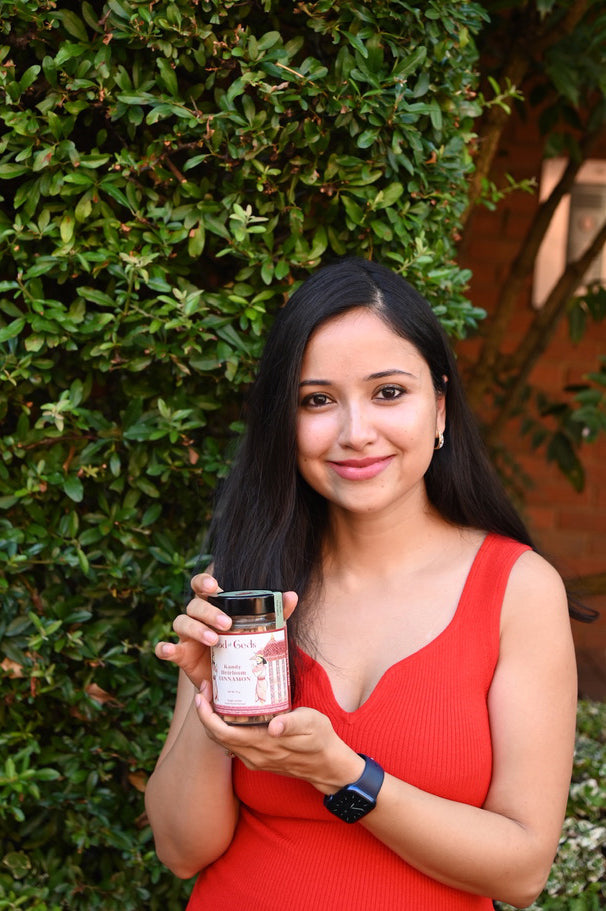
So How Did It All Begin?
I grew up to the melody of a kitchen waking up — the soft crackle of five spices blooming in a cast-iron pan, mingling with the laughter of birds and the quiet rhythm of mountain mornings. Our home, nestled in the Khasi Hill town called Shillong in India, breathed in sync with nature. The winters brought sunlight that kissed the skin like memory, and the thrill of eating the biggest, juiciest orange from the rolling hills of Cherrapunjee was nothing short of magic.
In our backyard, corn swayed in the wind, and soups made from these golden kernels carried the soul-soothing heat of freshly crushed black peppercorns.
The air carried the aroma of fresh mint and coriander, ground lovingly in a stone mortar and pestle, swirling into the mists of Khasi Hills like an offering to the land.
Evenings came with firelight and stories, and I waited my turn by the hearth — not just for tales, but to crack walnuts in the door hinges, a ritual both wild and tender. These weren’t just meals. They were rituals. They were memory.
In 2018, I followed the pull of ancient flavours to Iran. A work trip that awakened the lost realisation of flavours that are rich, layered and deeply rooted - a stark contrast to the flavourless jars stacked on grocery shelves back home in India or the sterile uniformity of the spice aisle in upscale stores in Switzerland.
Over the next few years, I traveled through Ghana, India, Sri Lanka and Madagascar — living, learning, and tasting at the source. In Ghana, where I spent over six years, I witnessed firsthand the joy of cracking open a cacao pod and seeing through the process until the beans were crushed into nibs. It was these intimate understandings — of the power of provenance and the disconnect in the global food chain — that planted the seed for Food of Gods.
Food of Gods brings you the world’s finest, freshest single-estate spices — unblended, unprocessed, and uncompromising. Every jar tells a story of terroir and time. Of flavour that remembers. Of an ecosystem that breathes. Of soil that sings.
Love & good health
Prerna Baruah
Founder, Food of Gods
Nous avons entendu ce que vous vouliez le plus
Notre Gousses de vanille « bio » Andapa proviennent d'une ferme familiale certifiée bio à Andapa, Madagascar. L'art de la pollinisation manuelle des fleurs de vanille a été transmis de père en fils à petit-fils qui est déterminé à promouvoir des pratiques durables et éthiques dans le commerce autrement trouble de la deuxième épice la plus chère au monde.
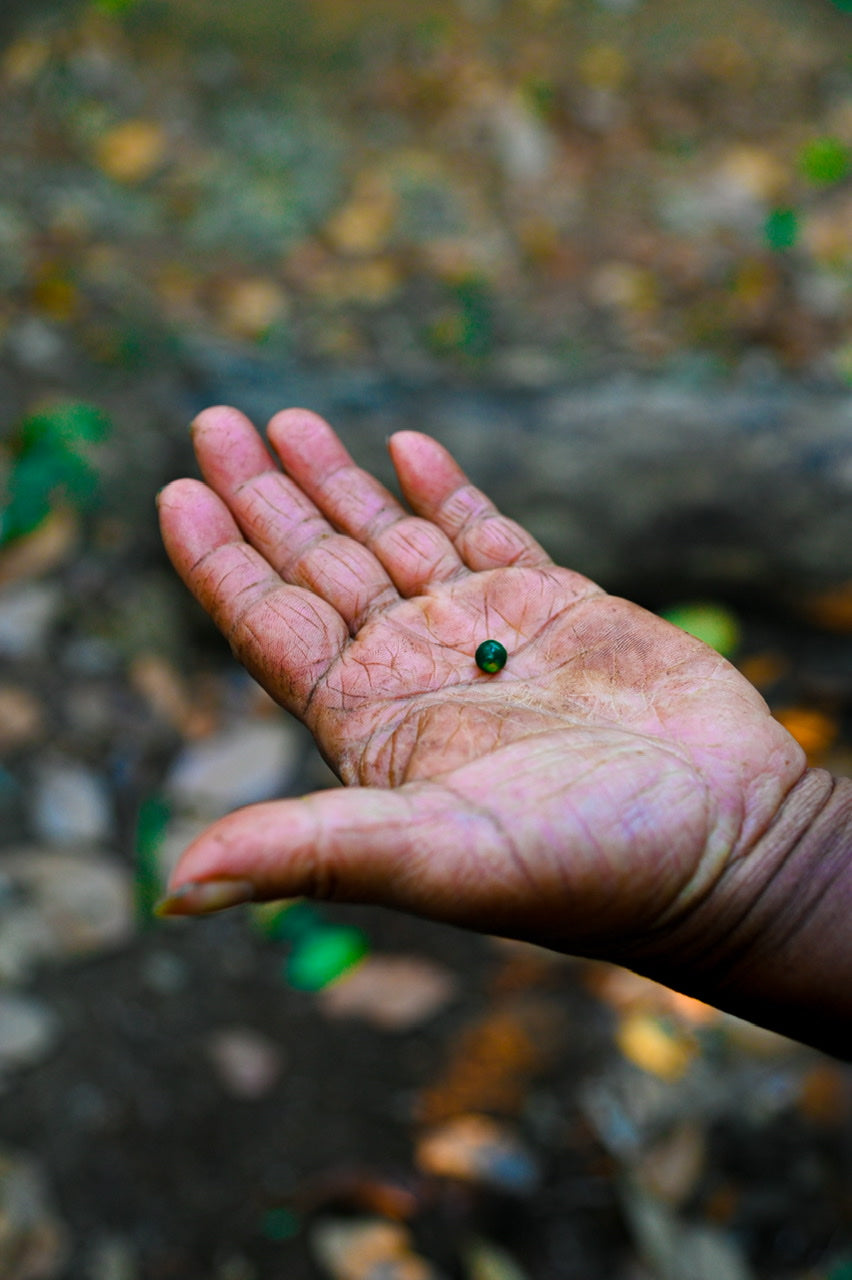
Noix de muscade et clous de girofle de leur origine historique
L'aromatique Noix de muscade « Sundried » de Rhun est originaire de l'île de Siao, qui est géographiquement identifiée pour cultiver la meilleure noix de muscade au monde avec des niveaux de myristicine atteignant 14,8%. Nous n'aurions pas acheté de noix de muscade et de clou de girofle d'une autre origine, à l'exception de l'Indonésie où ils sont si enracinés dans la culture et ancrés dans l'histoire.

